(1581 products available)
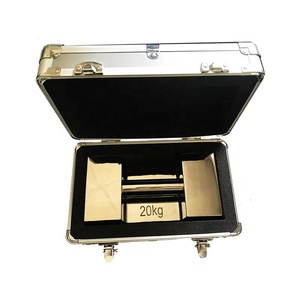













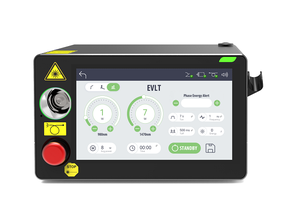

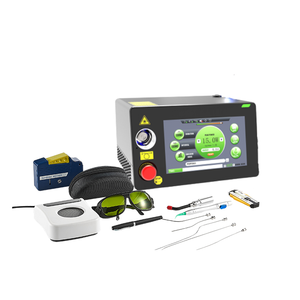













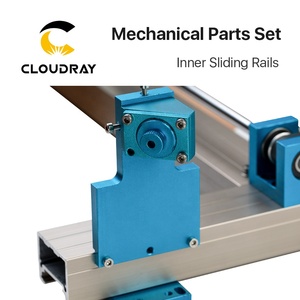











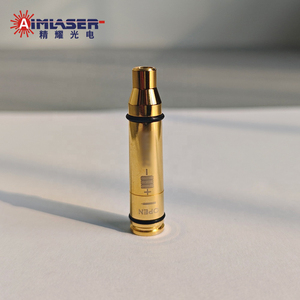




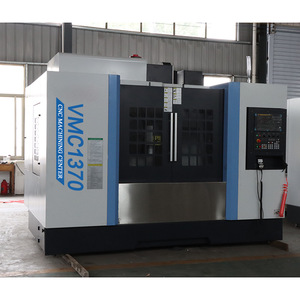
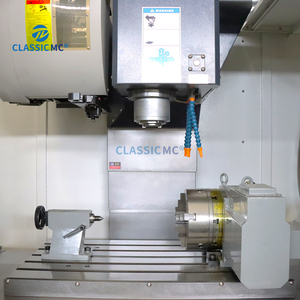
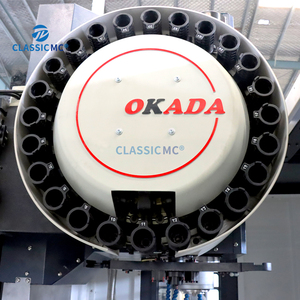




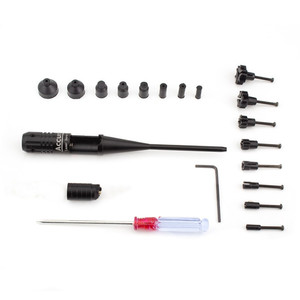

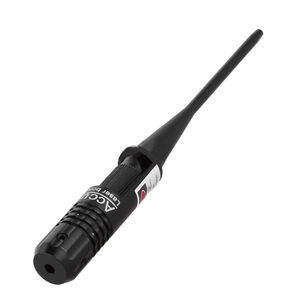











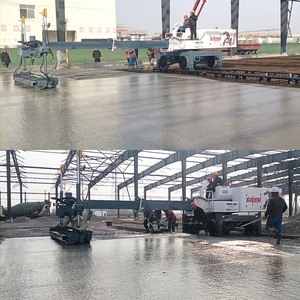












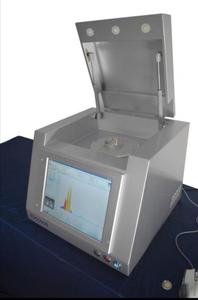


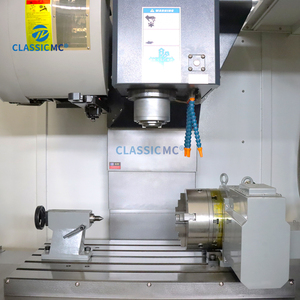
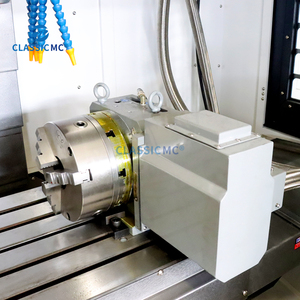
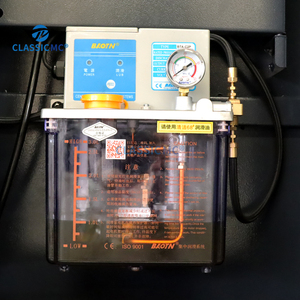
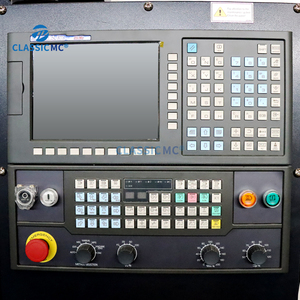


















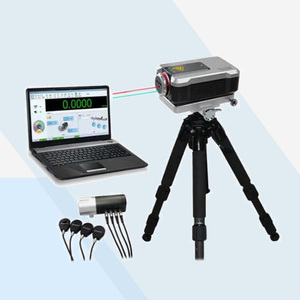






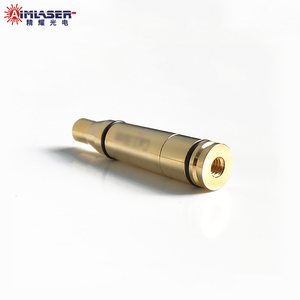

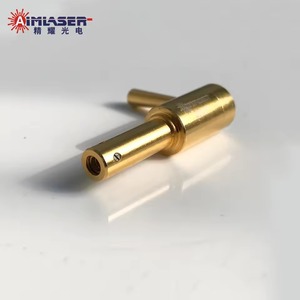























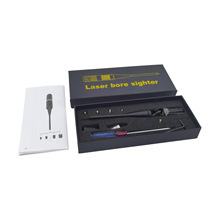

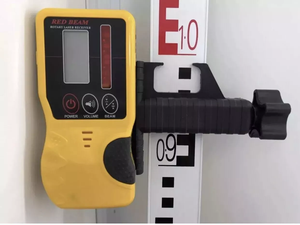

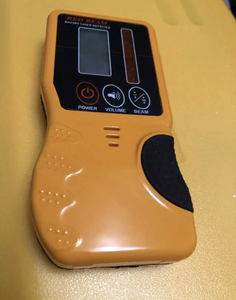



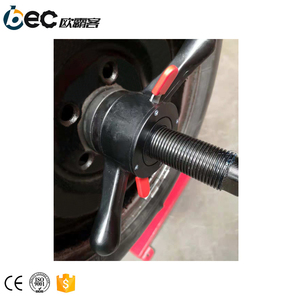






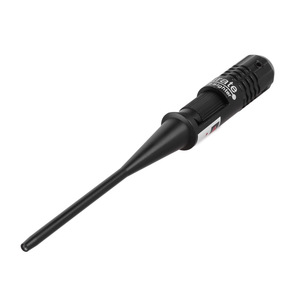


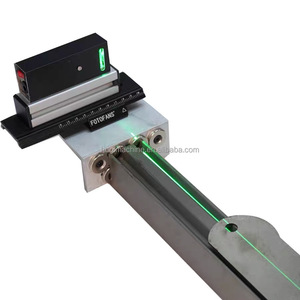






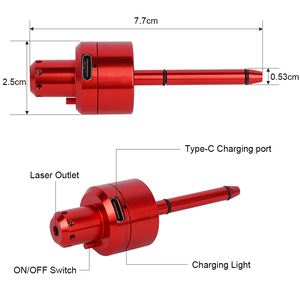


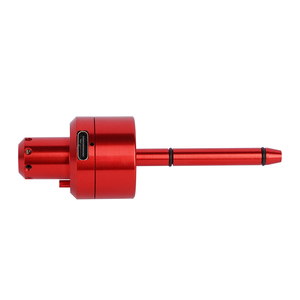
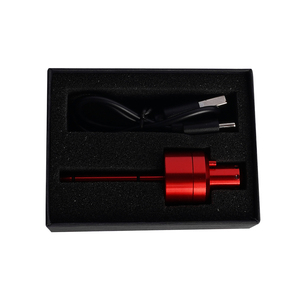
















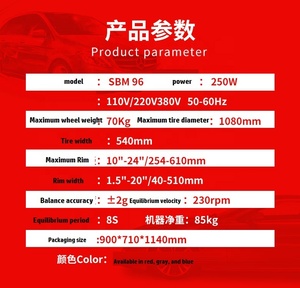


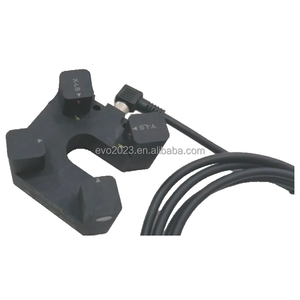
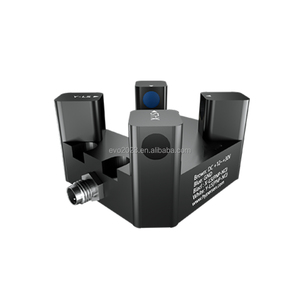

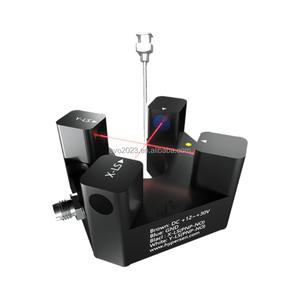
















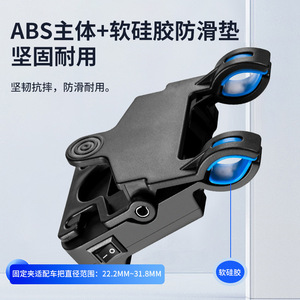

Laser machine calibration is an essential procedure for ensuring the machine's accuracy and precision. It is a means to check the performance of the laser machine and make it work within the acceptable limits. The main purpose of calibration is to compare the output of the laser machine with a reference standard to ensure its accuracy. The laser machines used for calibration can be divided into several categories based on their applications and the types of lasers they are intended to calibrate.
They are used for calibrating CO2, Helium-Neon (HeNe), and other gas lasers. Calibrators of this type are equipped with precise pressure and gas mixture control to ensure accurate calibration of various gas laser models. Gas laser calibrators also provide means to adjust the laser's power output and optimize it to match the calibration standard.
These are designed to calibrate lasers based on diode, Nd:YAG, and other solid-state laser technologies. Diode and solid-state laser calibrators are equipped with detectors and electronics capable of measuring and calibrating the unique characteristics of these lasers, such as wavelength and power output. Some solid-state laser calibrators may also include options for calibrating the laser's optical components, such as mirrors and beam expanders.
They are used to measure the power output of a laser by detecting and quantifying the heat generated by the laser beam. The power meters are available in various form factors, including portable handheld devices and benchtop units. They may also include different types of detectors to accommodate various laser wavelengths and power levels.
They are designed to calibrate multiple laser types and parameters in a single instrument. Multi-laser calibration equipment may include different detectors, filters, and electronics to enable the calibration of lasers with varying wavelengths, power levels, and beam profiles. They offer a versatile and cost-effective solution for businesses and facilities that work with different types of lasers and require regular calibration and verification of their performance.
They are high-precision standards designed for the calibration of laser power, energy, and irradiance measurements. These standards are traceable to international standards and provide a reference for calibrating laser measurement devices such as detectors and meters. Optical power and energy calibration standards may include thermal, photodiode, and pyroelectric detectors, as well as calibration services to ensure the accuracy and reliability of laser-based measurements.
Proper calibration of laser machines is crucial to ensure that they meet the required accuracy and performance standards. The following are some tips for laser machine calibration to allow the machines to serve their intended purposes efficiently.
It is important to perform a visual inspection of the laser machine to look for any signs of damage, wear, or misalignment. This may include looking at the cables, mirrors, and rails. Regularly inspecting the machine can reveal minor issues that can be addressed before they become major problems.
Periodically calibrate the laser machine according to the manufacturer's recommendations. This will help to ensure that the machine remains within the required performance specifications. Scheduling regular calibrations can help in identifying and addressing any drift or deviations in the machine's performance.
Implementing a quality control check on the laser machine is another important maintenance tip. Regularly testing the machine's performance and accuracy can help in identifying any variations or inconsistencies in its output. This allows for timely adjustments and calibration to ensure consistent quality of workpieces.
It is also important to ensure that the laser machine is operated in an environment that is suitable for its use. This includes controlling temperature, humidity, and other environmental conditions. Extreme temperatures and humidity levels can affect the performance and accuracy of the machine.
Ensure that all the components of the machine are properly aligned according to the manufacturer's specifications. Proper alignment of the laser machine is essential for maintaining its accuracy and performance. Misalignment of mirrors, lenses, or other components can lead to inaccuracies in the laser beam.
Perform routine maintenance tasks such as cleaning and lubricating. Regularly cleaning the machine can help in preventing the buildup of debris or contaminants that can affect its performance. Lubricating moving parts can help in reducing friction and minimizing wear.
It is important for those who handle the laser machine to be properly trained. Improper operation or handling can lead to damage or misalignment. Proper training ensures that the machine is used safely and that its components are not compromised.
Calibration is an essential process in many industries to ensure the accuracy and precision of laser machines. The following are some application scenarios of the laser machine calibration:
Laser calibration is used in medical devices such as laser scalpel, laser therapy machines, and medical imaging equipment. The accuracy of these devices is critical for patient safety and treatment effectiveness.
Laser calibration is used in manufacturing for cutting, welding, and marking. It is also used in precision applications such as 3D printing. Laser calibration ensures the accuracy of the machines used in these processes.
Laser calibration is used in the automotive industry for tasks such as cutting, welding, and engine calibration. It is also used in quality control, testing, and inspection of automotive components.
Laser calibration is used in research facilities for tasks such as material analysis, spectroscopy, and laser ablation. These devices must be calibrated to ensure the accuracy and reproducibility of the experimental results.
Laser calibration is used in the electronics and semiconductor industry for tasks such as cutting, drilling, and marking. It is also used for quality control and inspection of electronic components.
Laser calibration is used in the construction and mining industry for tasks such as land surveying, tunneling, and excavation. Laser calibration ensures the accuracy of the equipment used in these applications.
Laser calibration is used in the agriculture and forestry industry for tasks such as land leveling, crop monitoring, and tree cutting. The accuracy of the laser equipment is essential for efficient and sustainable agricultural and forestry practices.
When purchasing or looking for laser machines for sale, it is important to consider the following factors to ensure the machine suits the intended application:
It is important to identify and understand the specific requirements of the application the laser machine will be used for. This includes factors such as the type of material being worked on, the desired precision, accuracy, and quality of the results that are needed. By understanding the application requirements, one can determine the appropriate laser type, power, and other features needed to achieve the desired outcomes.
When using a laser machine, it is important to consider its accuracy, as it will determine how precise the machine can give calibration results. Higher accuracy machines will produce more precise results. This can be achieved by using laser machines with better control systems and high-quality components. It is also important to ensure that the laser machine is properly calibrated itself and to use calibration standards and procedures that are well-established and traceable to national or international standards.
It is important to ensure that the laser machine is compatible with the materials being worked on. Different materials have their own unique properties which can affect the interaction of the laser beam with the material. This includes factors such as the material’s absorption, reflectivity, and thermal conductivity. It is important to select a laser wavelength and power that are suitable for the material being worked on. In addition to that, it is important to consider the material’s thickness and density as this can affect the penetration depth and processing speed of the laser. It is also advisable to test the laser on a sample of the material to ensure it provides the desired results before purchasing the machine.
It is important to ensure the laser machine is of good quality. This means that the machine should be well-constructed using high-quality components. A good quality machine will deliver accurate and reliable results consistently over time. It is important to know the supplier of the machine and research the brand to ensure it has a good reputation for quality and customer service. This can also be achieved by checking for product reviews and testimonials from other users.
Q1: How often should a laser machine be calibrated?
A1: Generally, it is advisable to perform a laser machine calibration at least once a year. Nonetheless, users should also consider calibrating their machines if they move them to another location, after any repairs, or if there are significant changes in the machine's performance.
Q2: What are the signs that a laser machine needs calibration?
A2: Signs that a laser machine needs calibration include inconsistent engraving/cutting quality, visible misalignment of cuts or engravings, error messages related to calibration, deviation from programmed paths, and inaccuracy in dimensions and positioning.
Q3: How long does a laser machine calibration take?
A3: The duration of a laser machine calibration may vary depending on the type of laser machine being calibrated and its complexity. Generally, it takes about 2 to 4 hours, but some may take up to a full day.